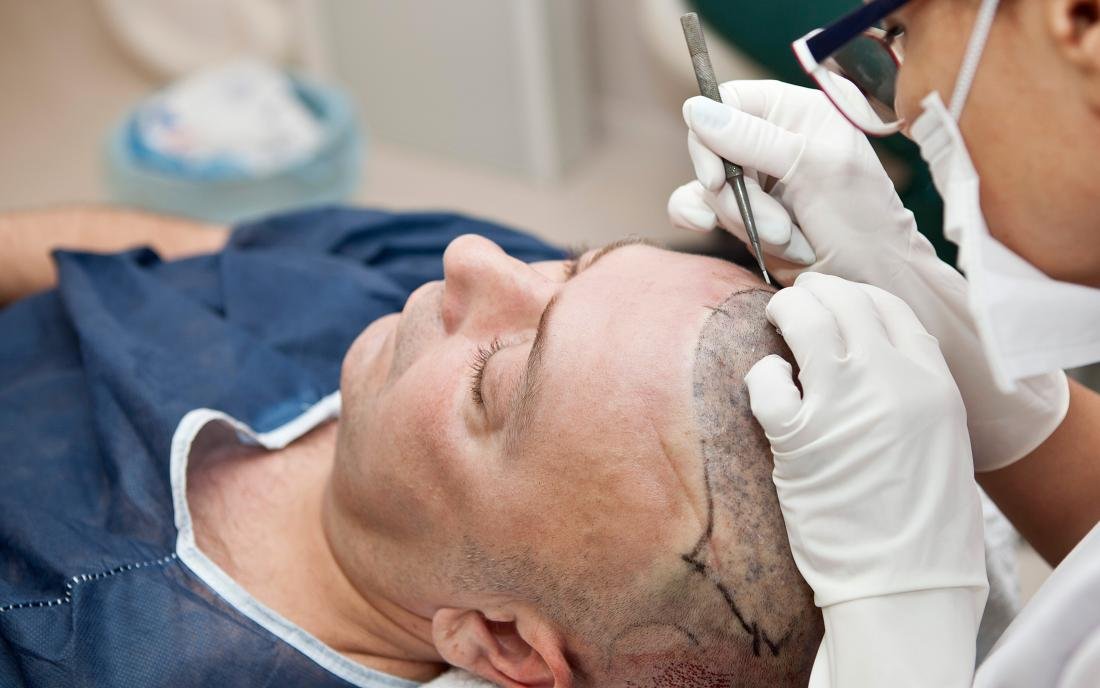A hairline plays a central role in framing the face and influencing overall appearance. Many individuals struggle with uneven or broken hairlines due to genetics, previous hairstyles, stress, or medical conditions. With the advancement of medical aesthetics, a Hair Transplant in Dubai has become one of the most reliable solutions to restore balance and create a natural-looking hairline. This procedure is widely chosen by people who wish to regain youthful density and a symmetrical hairline, and its success largely depends on the skills of highly trained surgeons who perform it with precision.
Understanding Uneven or Broken Hairlines
An uneven or broken hairline is not just a cosmetic concern; it can also impact confidence. Some common reasons people face irregular hairlines include:
- Genetics: Inherited hair growth patterns that result in irregular edges.
- Traction Alopecia: Continuous pulling from tight hairstyles like braids or ponytails.
- Hormonal Changes: Imbalances that contribute to hair thinning.
- Scarring: From injuries or previous cosmetic procedures.
- Premature Hair Loss: Early signs of androgenetic alopecia.
How Hair Transplants Correct Hairlines?
Hair transplants are highly advanced today, with techniques designed to create natural results. The two main methods include:
| Technique | Process | Best For | Results |
|---|---|---|---|
| FUT (Follicular Unit Transplantation) | A strip of scalp is removed, and follicular units are transplanted into the hairline. | Those needing a larger number of grafts. | Dense, natural coverage but involves a linear scar. |
| FUE (Follicular Unit Extraction) | Individual follicles are extracted and transplanted. | Patients seeking minimal scarring and quicker recovery. | Seamless, precise hairline restoration. |
Key Benefits of Hairline Restoration
A properly performed hair transplant offers multiple benefits beyond aesthetics:
- Natural Symmetry: Creates a balanced frame for the face.
- Permanent Solution: Transplanted follicles are resistant to further thinning.
- Confidence Boost: Restores self-esteem and improves personal and professional presence.
- Customized Design: Surgeons carefully plan the angle, density, and placement to suit facial proportions.
The Procedure Step by Step
A successful hairline restoration involves a detailed process:
- Consultation: Assessment of scalp condition, density, and patient goals.
- Design Phase: Surgeons map out the ideal hairline to complement the face.
- Donor Extraction: Hair follicles are collected using FUT or FUE.
- Graft Preparation: Follicular units are microscopically prepared.
- Implantation: Hair is placed into recipient sites at natural angles.
- Healing and Growth: Within 6–12 months, new hairline density becomes visible.
Comparing Natural vs. Restored Hairlines
| Aspect | Natural Hairline | Restored Hairline |
|---|---|---|
| Density | Even, inherited growth | Achieved through precise graft placement |
| Symmetry | May be uneven | Artistically designed for balance |
| Permanence | Can thin with age | Resistant, permanent growth |
| Aesthetics | Depends on genetics | Customized for facial harmony |
Why Expertise Matters in Hairline Transplants?
The artistry of a hairline transplant lies in the surgeon’s vision and technical ability. Skilled specialists know how to:
- Recreate natural-looking angles.
- Ensure proper density distribution.
- Prevent a harsh or artificial appearance.
- Adapt to each patient’s unique scalp condition.
Ideal Candidates for Hairline Transplants
Not everyone with hairline concerns requires surgery. However, candidates most likely to benefit include:
- Individuals with stable donor areas.
- Men and women experiencing receding or broken hairlines.
- People with scarring alopecia affecting the front scalp.
- Those in good general health with realistic expectations.
Long-Term Outcomes
One of the strongest reasons for choosing hair transplants is longevity. The transplanted follicles are genetically resistant to hair loss, ensuring permanent coverage. Regular checkups with specialists can also help maintain healthy growth. Patients often report renewed self-confidence and satisfaction after their results become visible.
Hairline Problems and Solutions
| Hairline Concern | Possible Cause | Hair Transplant Solution |
|---|---|---|
| Uneven Hairline | Genetic patterning | Customized graft placement |
| Broken Hairline | Traction alopecia | Targeted follicle implantation |
| Receding Corners | Male pattern baldness | Strategic restoration of temples |
| Broad Forehead | High natural hairline | Lowering hairline via FUT/FUE |
| Scarred Hairline | Injury or burns | Follicular reconstruction |
FAQ’s:
1. Can a hair transplant fix only one side of the hairline?
Yes, specialists can restore just one area of the hairline to ensure both sides are symmetrical.
2. How soon will I see results after a hair transplant?
Initial shedding occurs, but new growth begins around 3–4 months, with full results visible in 9–12 months.
3. Is the restored hairline permanent?
Yes. Transplanted follicles are resistant to thinning, making the results permanent.
4. Will the new hairline look natural?
Absolutely. Surgeons design hairlines with artistry, ensuring they match natural growth direction and density.
Conclusion
Uneven or broken hairlines can significantly affect one’s appearance and confidence. With advanced techniques like FUE and FUT, a hair transplant provides a reliable and permanent solution. The procedure not only restores hair density but also redefines facial balance, offering a naturally youthful look. When performed by skilled surgeons, the results are seamless, boosting confidence for years to come. For those struggling with irregular hairlines, consulting with experienced specialists is the first step toward transformation. At Dynamic Life Clinics, our doctors’ exceptional competency and specialization ensure each patient achieves a hairline that looks natural, symmetrical, and perfectly suited to their features.
